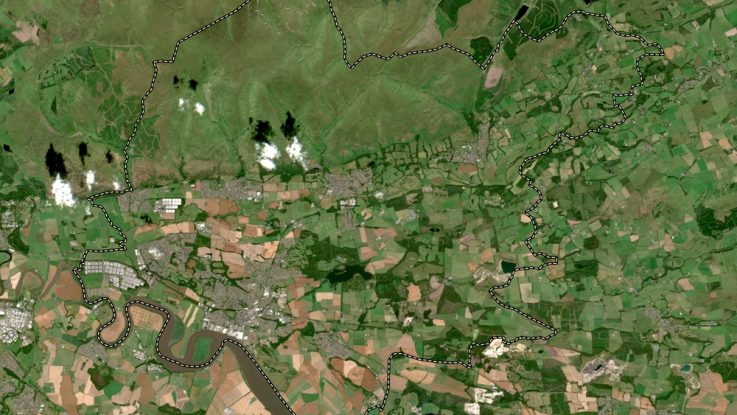
The cities of Stirling and Clackmannanshire in Scotland have partnered with IES, a global climate tech company, to create a digital twin of the entire region. This digital model will be used to aid in the development of an energy master plan in order to achieve their goal of becoming a carbon-neutral city region by 2045.
The digital model spans 2,413 square kilometers, and includes 3D geometries for every building in the region. It takes into account a range of factors which affect energy efficiency and emissions, such as building materials, heating systems, and fuel types. It will be used to provide evidence-based projections of future energy demands and emissions, informing the critical pathway to reach a net zero energy system across the region.
Intended to run between the years 2023 and 2045, the Regional Energy Master Plan has four stages covering energy efficiency, heat management, and energy generation. Using evidence from the digital twin, it will choose which low-carbon energy systems should be deployed across the region to create the most effective results from the perspectives of economic, environmental, and social sustainability.
According to IES, the digital twins’ simulations have shown that carbon emissions produced by the energy used to heat and power the region’s domestic and non-domestic buildings can be reduced by approximately 98% by 2045.
“By transforming our energy use and generation we can protect the natural environment for future generations, reduce fuel poverty and create new skilled jobs in a growing sector,” said councilor Chris Kane, Stirling Council leader. “Our road map to achieving these ambitions is the Regional Energy Masterplan. The importance of collaboration at the core of the plan, and working with IES has enhanced our understanding of regional energy consumption on our journey to creating a net-zero energy system. We look forward to working with IES and other partners in the private and public sectors to successfully deliver the projects within the plan and secure affordable energy for everyone in the region.”